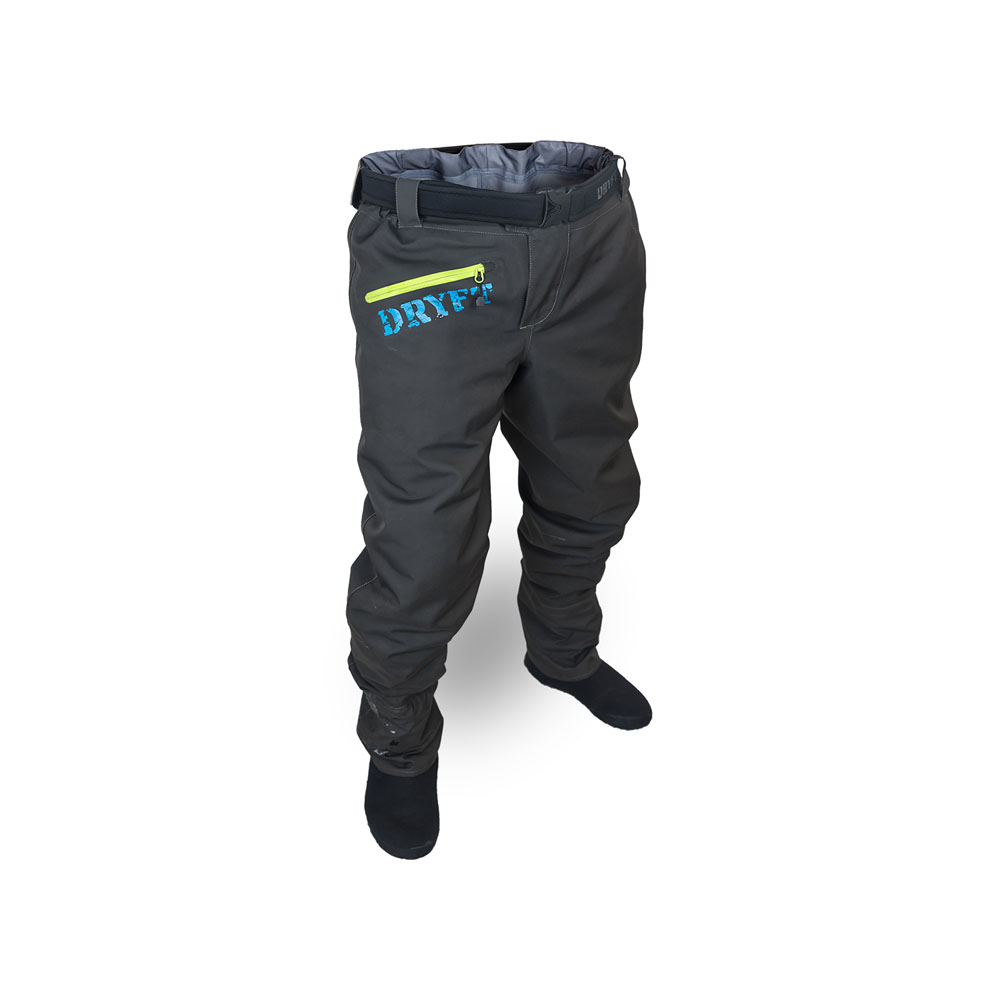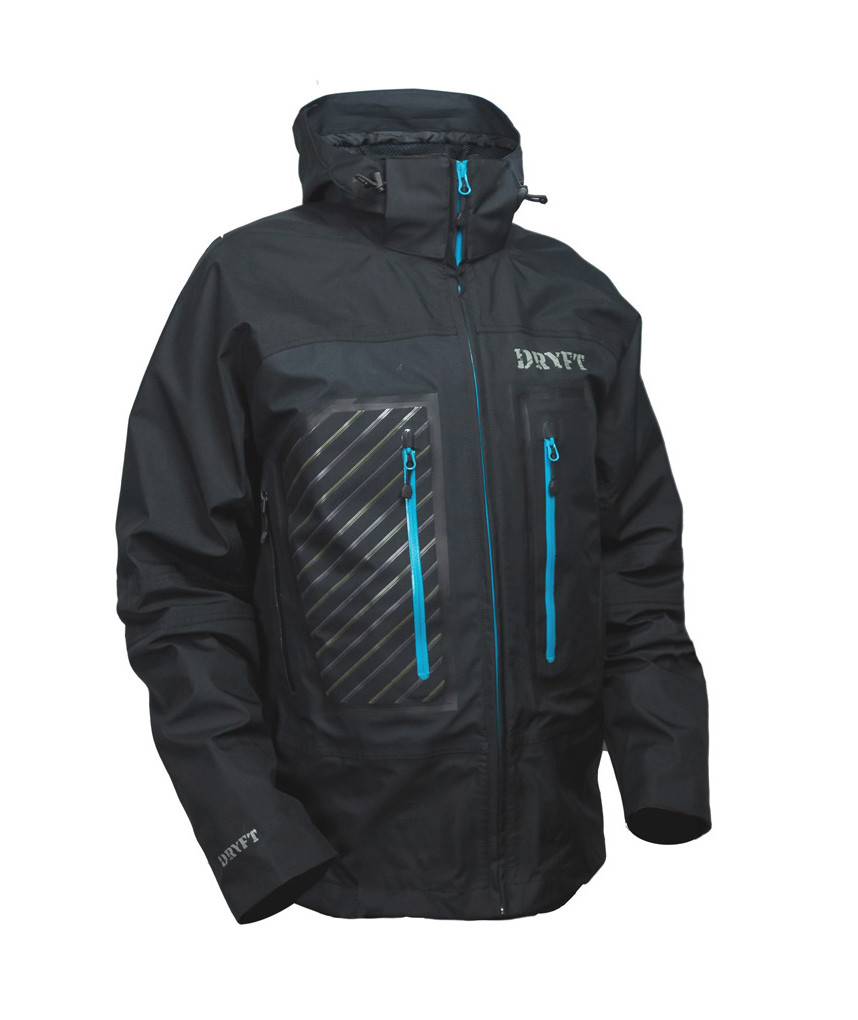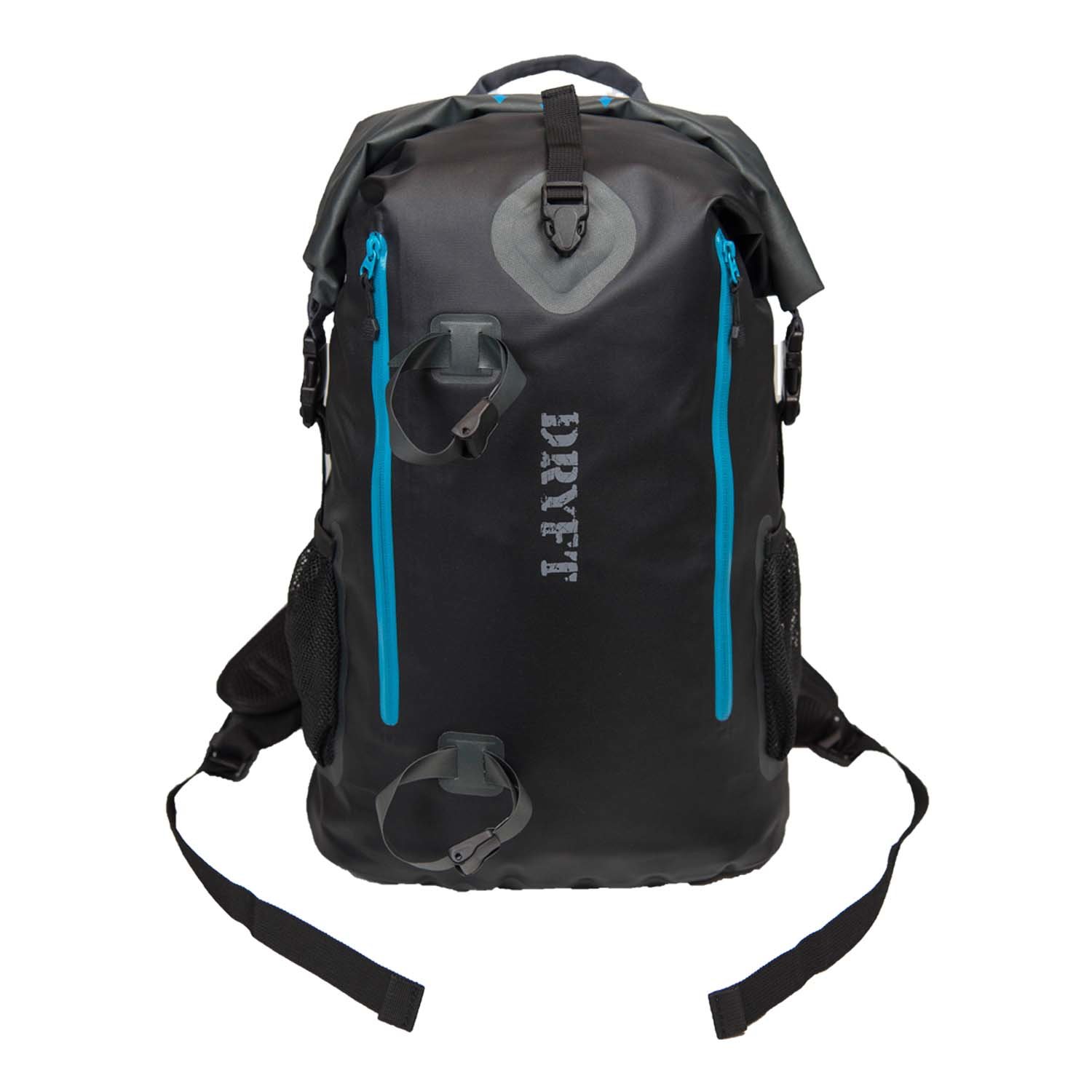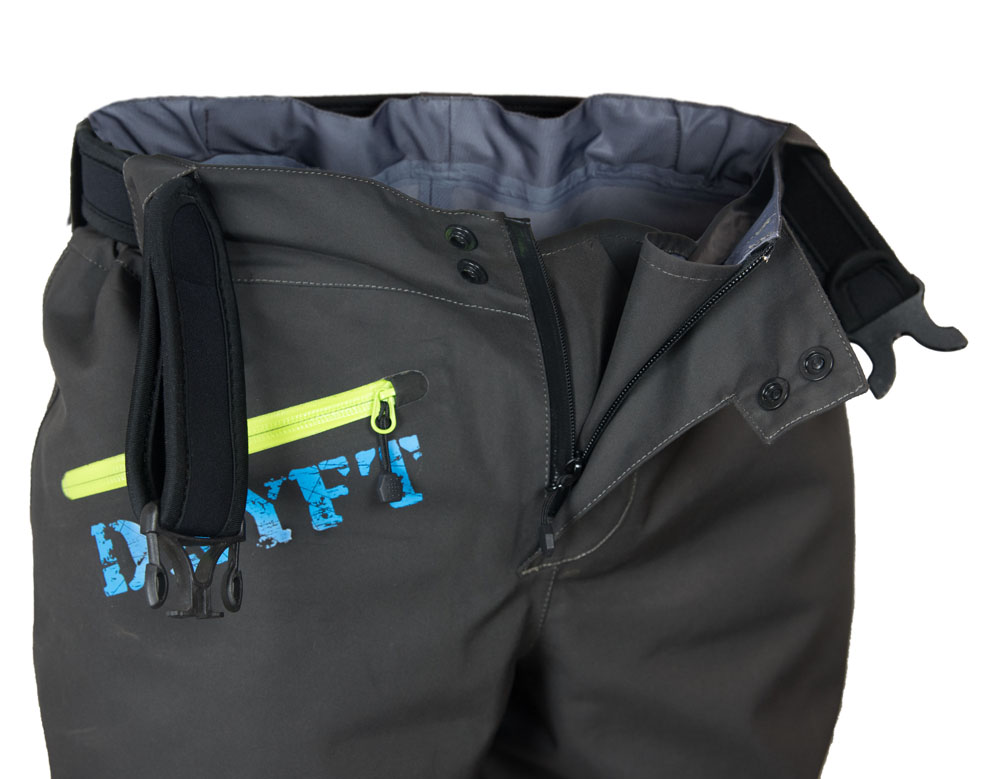So you just picked up some new breathable fishing waders, and now you want to make sure you get the most possible use out of them? You came to the right place to learn how to take care of your new fishing waders.
Luckily breathable waders are pretty low maintenance, and doing just a few things will help prolong the life of them.
Drying your waders between uses
One of the main things you can do to prolong the life of your waders is dry them thoroughly, inside and out, between uses. Wet and damp waders stuffed in the trunk of your car or dumped on the garage floor tend to grow mildew, which breaks down materials inside and out.

Always hang dry your waders after each use, and not only will you avoid breakdown of materials but the wader funk won’t turn your head on a swivel next time you go to put them on. If there is any moisture from condensation on the inside it’s important to dry the inside as well. This is usually accomplished just by hanging them right side out in a cool dry place. In the winter time hanging them in a furnace room, or near a de-humidifier to dry is a good idea. Otherwise a cool, dry place with airflow works just fine.
Zipper care
Keep all zippers, especially waterproof models, clean and free of any dirt, oils, fishing line or other debris. Foreign matter caught in the zipper can result in damage which may not be covered under warranty. Keep it clean and never force a stuck zipper. If it sticks gently back off in the opposite direction if possible, then clean and lube the entire zipper thoroughly before using it again. We highly recommend using zipper protectants and lubricants such as Zipper Lubricant Stick and Zipper Cleaner + Lubricant to keep your zippers performing as they should for years to come. Use the snap at the top (if applicable) to take stress off and keep it from pulling apart while wearing.
How to wash your waders
We recommend hand washing your waders with some Revivex Pro Cleaner, or a mild soap, in cold or lukewarm water using a soft rag. This should work to clean as much of the dirt that will come off by hand and keep the waterproof fabric repelling water like it should. Hang dry until completely dry and then if desired use some DWR spray reviver on them. Nikwax and GearAid (maker of Aquaseal) make spray on DWR reviving applications for use after cleaning. The GearAid ReviveX Durable Water Repellent is a good product that does a great job of reinvigorating DWR coatings. You will want to clean up the waders as much as possible (hand wash) before using it and then just spray it on once the waders are dry.
We don’t recommend machine washing waders. Our reasons are that we don’t like the possible abrasion and catching or bunching that could possibly occur during the cycle (this sort of depends on the machine type), and also don’t like to soak the inside seams with water.
-
 Revivex® Durable Water Repellent$12.95
Revivex® Durable Water Repellent$12.95 -
 Revivex® Pro Cleaner$10.95
Revivex® Pro Cleaner$10.95
Transporting waders safely
When transporting waders in luggage or just back and forth during fishing trips, the safest way to transport is to roll them loosely from the feet up and pack them at the top of your bag with heavier items under them. If you have a waterproof zip front model, it is very important to unzip all the way before rolling or packing them. If the zipper is zipped and then folded it can create a crease that can cause the zipper to fail.
That’s pretty much it!




























